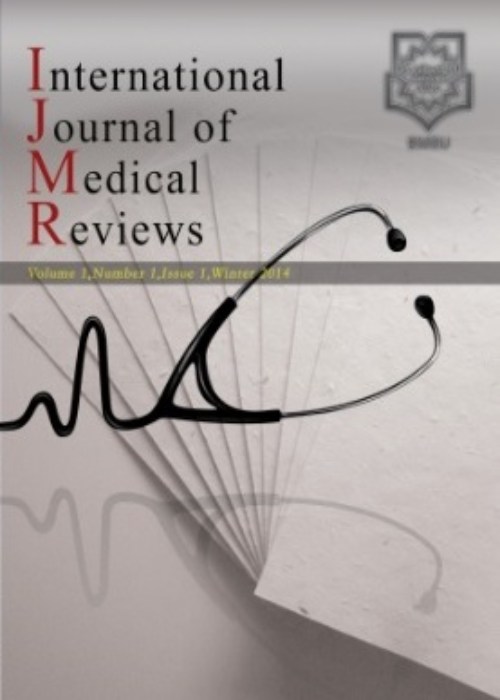Pleural Effusion in Children: A Review Article and Literature Review
Author(s):
Abstract:
Pediatrics pleural effusion is an abnormality that frequently develops from collection of fluids in the pleural space and commonly caused by a primary phenomenon or secondary to variety of disorders such as infections. This accumulated fluid can be originated from excessive filtration or defective absorption caused by different infectious agents such as Streptococcus pneumoniae, which is the most common, or non-infectious factors like lymphoma or congestive heart failure. It may present a various range of complications from a self-limited one to respiratory failure. Pediatrics pleural effusion is most commonly seen in boys and younger children. The incidence and distribution of pleural effusion is increasing in most industrial countries according to the population studies. The prognosis is highly related to the underlying disorder as well as treatment approach. early drainage of fluid may dramatically reduce the rate of mortality and morbidity. Clinical manifestations are variable depended on the underlying disease, size, and location of the effusion. They range from persistent fever, cough, anorexia, malaise, tachypnea, dyspnea, and chest pain, like in infectious pneumonia, to abdominal pain, distension and vomiting. In physical examinations a pleural rub may be the only initial manifestation during the early stage of pleurisy. A large amount of fluid diminishes the chest excursion on the affected side and may shift the mediastinum and displace the trachea and cardiac apex to the contralateral side, unilaterally. Initial diagnostic test for ruling out the different causes of pleural effusion is analyzing the pleural fluid apparently and biochemically. Also imaging tests could be used such as chest radiography so as to ensure the existence of pleural effusion. Ultrasonography and computed tomography (CT) scanning are also beneficial for a more accurate assessment. In most affected cases removing underlying etiologies and also applying supportive care are sufficient to heal effusion, which can range from antibiotic therapy and using fibrinolytics to chest tube drainage. Surgical therapy in patients with pleural effusion with the failed medical management has remained controversial, though. Thus, selection of the best management approach can result in favorable outcomes and significantly reduces morbidity and mortality rates.
Keywords:
Language:
English
Published:
International Journal of Medical Reviews, Volume:3 Issue: 1, Winter 2016
Pages:
365 to 370
https://magiran.com/p1551282
دانلود و مطالعه متن این مقاله با یکی از روشهای زیر امکان پذیر است:
اشتراک شخصی
با عضویت و پرداخت آنلاین حق اشتراک یکساله به مبلغ 1,390,000ريال میتوانید 70 عنوان مطلب دانلود کنید!
اشتراک سازمانی
به کتابخانه دانشگاه یا محل کار خود پیشنهاد کنید تا اشتراک سازمانی این پایگاه را برای دسترسی نامحدود همه کاربران به متن مطالب تهیه نمایند!
توجه!
- حق عضویت دریافتی صرف حمایت از نشریات عضو و نگهداری، تکمیل و توسعه مگیران میشود.
- پرداخت حق اشتراک و دانلود مقالات اجازه بازنشر آن در سایر رسانههای چاپی و دیجیتال را به کاربر نمیدهد.
In order to view content subscription is required
Personal subscription
Subscribe magiran.com for 70 € euros via PayPal and download 70 articles during a year.
Organization subscription
Please contact us to subscribe your university or library for unlimited access!



